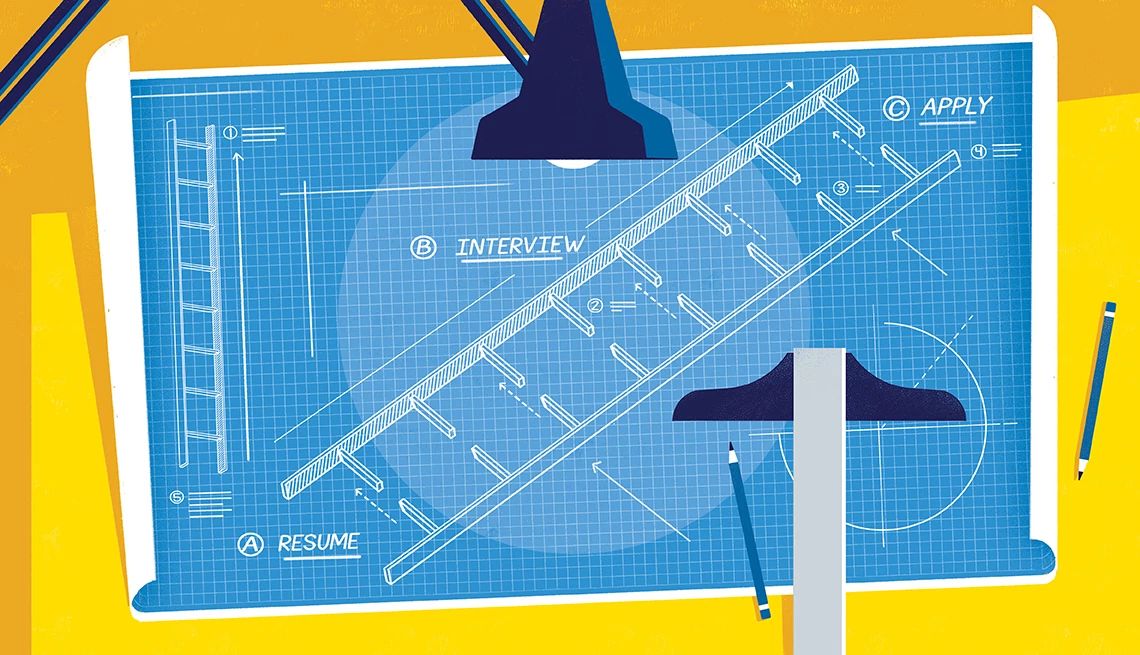AARP Hearing Center


A comprehensive driving evaluation by a trained professional is an objective process for determining:
- Whether you have the skills and abilities to drive safely;
- What corrections (if any) are needed;
- What specific steps you can take to become a better, safer driver;
- What on-the-road training may be necessary to improve your skills.
See also: CarFit helps mature drivers find their safest fit
Formal driving evaluations generally take two to three hours. They usually consist of a clinical evaluation (including a variety of cognitive, visual and physical assessments) and an on-the-road test with oral feedback or a written report on the results. Programs may vary somewhat; some programs may also use a driving simulator as part of their evaluation process. There may be fees associated with some of these assessments.
Reasons to Consider a Formal Driving Assessment
- If you feel that your driving continues to be fine, you may appreciate getting a professional opinion to verify your confidence.
- If you feel like you are not seeing as well as you once did, or are experiencing slowed reaction time or a loss of flexibility, you may benefit from learning how these changes could affect your driving and discover new strategies or tips to keep your driving skills sharp.
- If you have one or more medical conditions or physical limitations that may lead to a loss of range of motion, flexibility or strength in your arms or legs, you may benefit from an evaluation. It may also provide you with a plan for rehabilitation and/or assistive equipment, if appropriate.
- If you have experienced a loss of peripheral vision or depth perception or have another vision-related change, a driving evaluation can help.
- If you have been told that you should stop or limit driving — but you disagree — getting an opinion from an occupational therapist who is also a trained driver rehabilitation specialist may be beneficial. You will undergo a thorough evaluation process that takes a complete picture of your driving skills and abilities and your potential for improvement.
- If you would like to resume driving after a period of not driving, you could benefit from getting a driving “checkup.” For example if you stopped driving after an illness such as a stroke, an evaluation could show you what effects, if any, the stroke had on your ability to drive safely. It could also point out strategies, rehabilitation therapies or special equipment that could help you drive safely again.

































































More From AARP
Be on Guard Against These 5 High-Tech Car Thefts
From key fobs to catalytic converters, thieves are finding new ways to steal
Are Your Car Headlights Bright Enough?
Maximize your nighttime vision by choosing the right lights or restoring what you have
9 Fall Driving Dangers
Autumn can lull drivers into inattentiveness, but it has hazards that need special attention